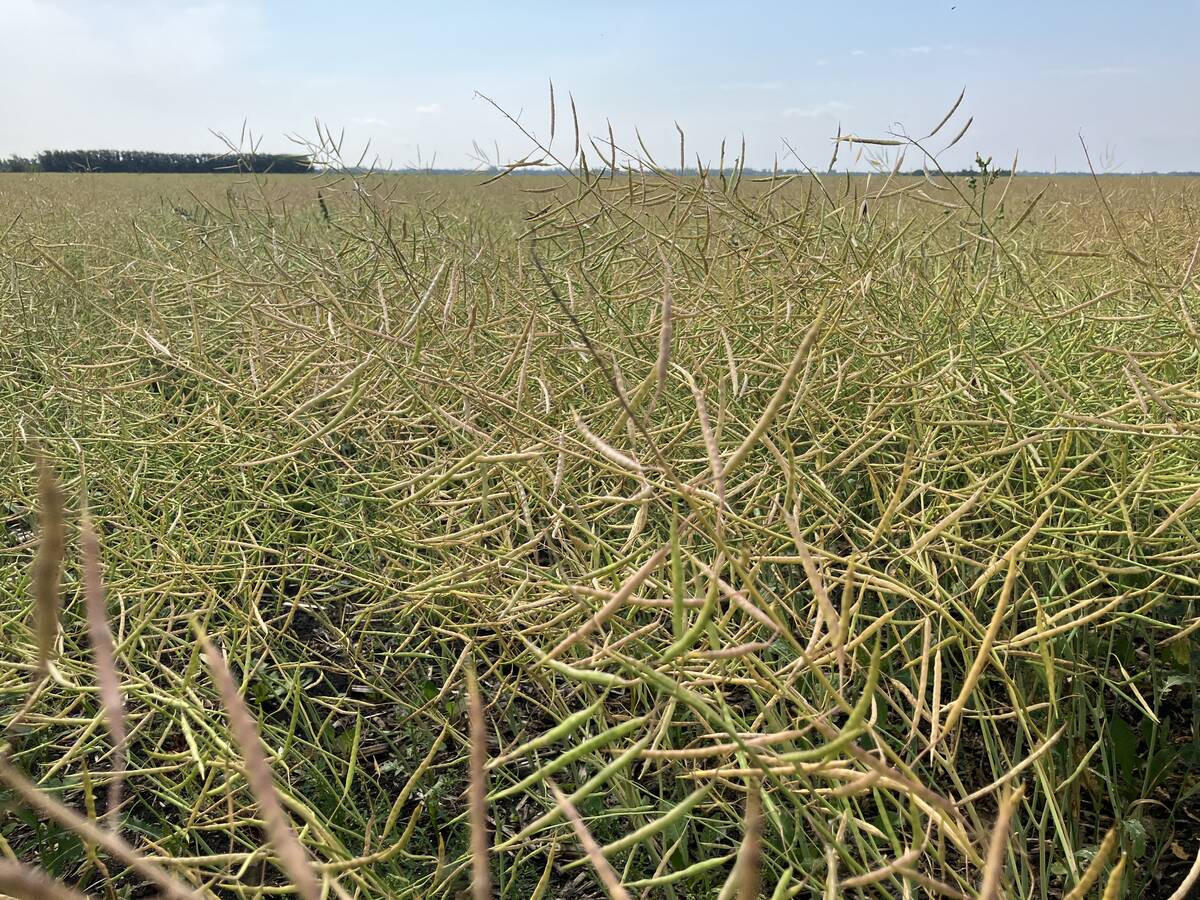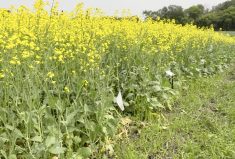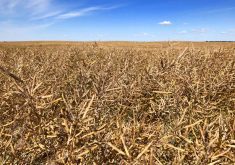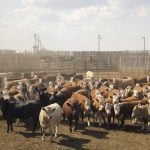If producers want to take advantage of hot canola prices, they’d better make sure it’s not heating in the bin, the Canola Council of Canada warns.
“We’re getting regular reports this month from growers who have lost whole bins to heating. Some have lost multiple bins,” warns Jim Bessel of the Canola Council of Canada. “Periods of warm weather the past couple of weeks may lead to greater instability and potential for heating damage. And since a lot of canola went into storage with high moisture or high green counts, this increases the likelihood of spoilage.”
Read Also

Canola trade watchful during harvest intermission
The flow of speculative money, reacting to whatever world news is available, can be expected to steer grain and oilseed futures in this stretch between Northern and Southern Hemisphere harvests, Phil Franz-Warkentin writes.
All canola bins and bulk storage bags should be checked. While lower-grade canola is at higher risk, all canola – including No. 1 canola that went into the bin dry and cool – has potential to spoil.
Checking bins requires a physical transfer of canola from one bin to another. “Hand probing through doors or roof hatches is unreliable for finding hot spots near the core of the bin,” Bessel says. “A good rule is to move one-third of the canola out of a full bin. But if green counts are high or you have a sense that the bin is at risk, transfer the whole bin.”
Feel and smell the canola as it comes out of the bin. If the bin does not have temperature-sensing cables, this is probably the only effective way to check for heating, Bessel says.
If canola has started to spoil, start looking for delivery options. Growers looking at locking in delivery contracts should make sure spoilage has not already resulted in a reduced grade.
There’s an old expression in the canola business – “Sell it or smell it.” That expression has proven accurate for many growers this year.














